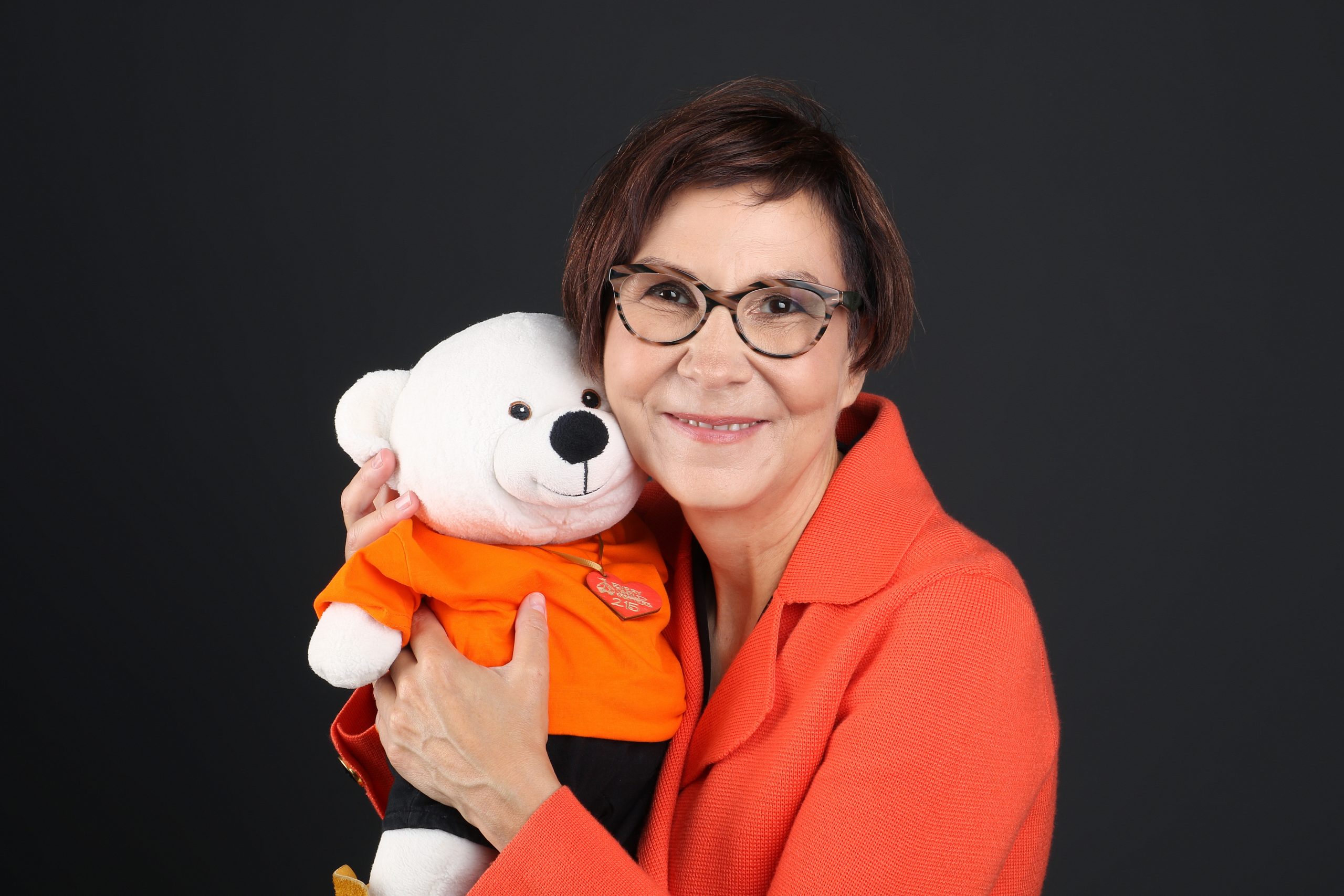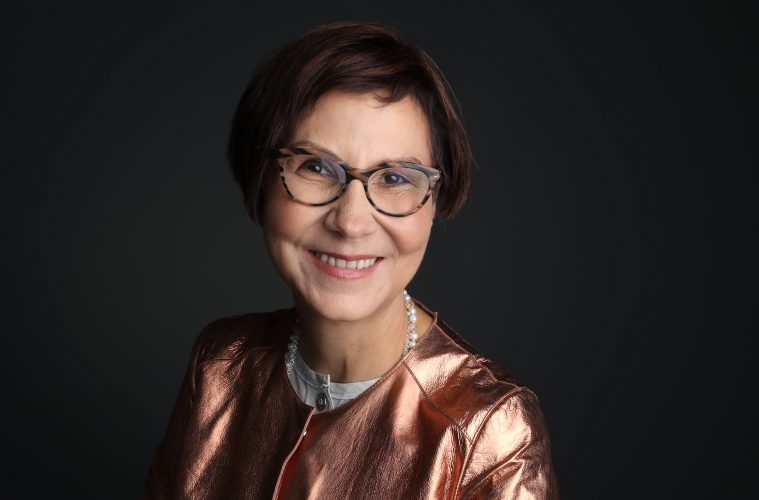Meet the game-changer who ignited the fire to reform Indigenous Child Welfare.

Dr. Cindy Blackstock is making waves for Indigenous Children and Youth as the game changer who ignited the fire to reform Indigenous Child Welfare. As a member of the Gitxsan First Nation, Cindy has devoted her life to ensuring that the basic rights and wellbeing of indigenous kids are no longer pushed to the side or an afterthought.
Today, HOLR is chatting with Dr. Cindy Blackstock to discuss her activism work in support of First Nations Children and Youth as well as her role as a change-maker and the importance of Have a Heart Day.
You are the game-changer who ignited the fire to reform Indigenous Child Welfare. As a member of the Gitxsan First Nation, how have you dedicated your life to ensuring that the basic rights and wellbeing of indigenous kids are at the forefront when it comes to advocating for change in our country?
The fundamental unfairness of giving deficient public services to First Nations children and their families who were trying to recover from residential schools gripped my consciousness in a way that I could not turn away. At first, I was afraid to get involved because I did not know how to change government policy, but I took one step at a time and there were a lot of good people teaching me along the way.
Talk to us about your role as Executive Director of the First Nations Child and Family Caring Society.
The Caring Society is a small national non-profit that provides public education and policy support so that First Nations children have a fair chance to grow up safely at home, get a good education, be healthy and proud of who they are. Our small team of six dedicated employees is guided by our reconciliation am”bear”rister Spirit Bear who symbolizes all First Nations children and the children of other diversities who stand up for fairness for First Nations children, youth, and families. Along with the historic human rights filed with the Assembly of First Nations resulting in over a million services to First Nations children that they otherwise would have been denied, we provide free educational materials to all children, youth, and the broader public on how they can learn from the past to address current injustices facing First Nations children and families.
Can you tell us more about Have a Heart Day?
It is a way to make Valentine’s Day even more meaningful by contributing to reconciliation. Children of all ages (and everyone young at heart) come together to send messages to their elected officials supporting equitable education, health, social, recreational, and cultural services for First Nations youth.

You co-authored a children’s book entitled, “Spirit Bear and Children Make History.” Can you tell our audience what it’s about and how it helps to educate the younger generation?
Spirit Bear tells the true story of how children of all diversities stood together during the historic human rights case challenging the federal government’s deficient funding of First Nations child and family services and its failure to implement Jordan’s Principle (to ensure First Nations children get the public services they need when they need them). Children came to the hearings, they learned about the case, educated their parents, and peacefully and respectfully pressed for positive change. Their efforts contributed to the recent federal government announcement of 40 billion in additional services and support for First Nations children. The book really shows children can, and have, changed the world for the better!
You’ve been nationally recognized for your work with awards such as the Fellowship of the Royal Society of Canada and the Order of Canada- that’s incredible! How has your activism work to date inspired your goals for this year and beyond?
I am humbled by that recognition and always view it as a collective honour as there are so many people who have contributed to the success of the movement this far. No one person can change the world – but if you hold hands with others you can. This year, I want to ensure that the 40 billion that the government promised translates into real services for First Nations children and families and I want to see other areas of inequality in federally funded First Nations services addressed too – like the water crisis in many communities.
Published by HOLR Magazine.


